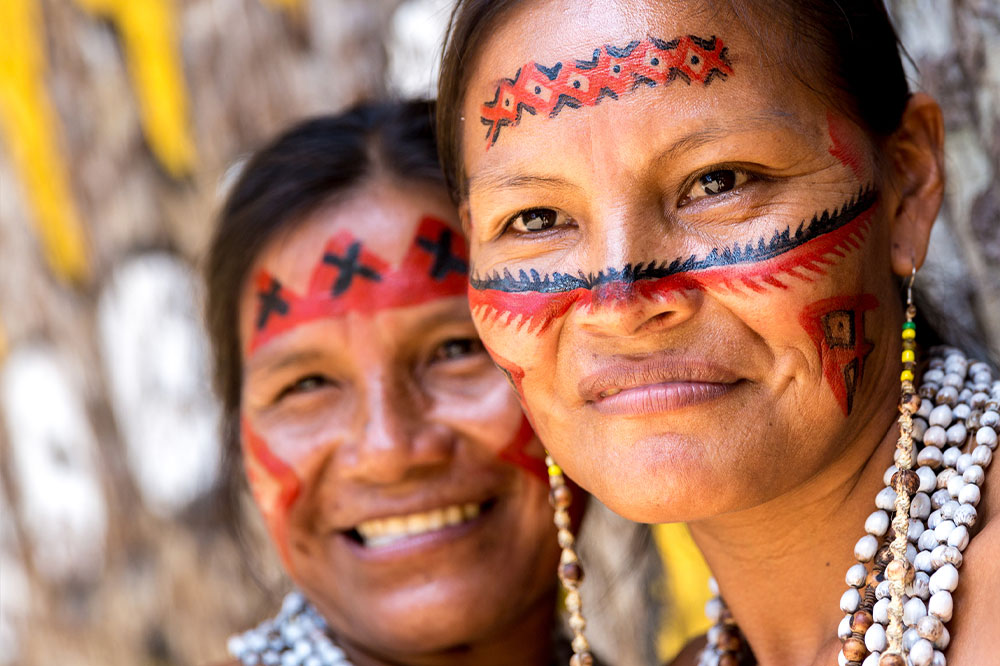Global Diversity of Indigenous Communities and Cultures
This article explores the diverse indigenous communities worldwide, highlighting their origins, cultures, languages, and ongoing importance in biodiversity and cultural preservation. It emphasizes their role in maintaining ancestral traditions and natural ecosystems across continents, from North America to Asia and Africa. Recognizing these groups' unique contributions underscores the need to protect their rights and heritage for future generations. An insightful overview suitable for those interested in anthropology, cultural studies, and global diversity.

Worldwide Variations of Indigenous Peoples
Indigenous groups are communities that uphold ancient traditions and languages tied to the earliest inhabitants of their regions. Approximately 6% of the world’s population belongs to indigenous nations spread across various continents. Their rights have gained recognition through international laws and agreements. Here are some notable indigenous cultures across the globe.
Native Americans
In North America, indigenous peoples existed long before European explorers arrived in the 15th century, known locally as Native groups.
Maori Originating from East Polynesia, the Maori are the native inhabitants of New Zealand, arriving between 1320 and 1350. They make up over 15% of the country's population.
Kurds Residing in mountainous regions spanning Turkey, Iraq, Syria, Iran, and Armenia, the Kurds are an indigenous group with diverse religious beliefs, predominantly Sunni Islam. They typically speak Kurdish along with local languages like Arabic, Persian, or Turkish.
Maasai The Maasai are native to Kenya and northern Tanzania, renowned for maintaining their age-old traditions. They speak Maa and are part of the diverse Nilo-Saharan language family.
Scheduled Tribes in India Known as Adivasis, tribes like the Gonds, Santhals, Khasi, Garo, and Angami are recognized as India's indigenous peoples, primarily residing in Central and Northeast India.
Sami People In Northern Europe, the Sami are indigenous to Scandinavia and are recognized as the country's official minorities. They speak about five languages, including Northern Sami and Lule Sami.
Maya Civilization The Mayan communities thrive in Mexico and Central America, with over 21 groups comprising more than half the population in Guatemala. They speak 26 indigenous languages.
Huli People In Papua New Guinea's Southern Highlands, the Huli have inhabited the region for more than a millennium, known for their distinctive wig-making traditions.
First Nations Australia’s Indigenous Australians, including Aboriginal peoples and Torres Strait Islanders, are among the planet’s oldest civilizations, tracing back to early human migrations from Africa.
Kazakhs Predominantly residing in Kazakhstan, Kazakhs descend from Turkic tribes like Kipchaks and medieval Mongol groups, maintaining their cultural identity over centuries.
Nenets Living in northern Arctic Russia, the Nenets are renowned for their reindeer herding and nomadic lifestyle, migrating seasonally along traditional routes for thousands of years.
Himba People In Namibia's Kunene region, the Himba are Africa’s last nomadic tribe, known for their unique red ochre body and hair adornments since the 16th century.
Ainu Japan’s indigenous Ainu people inhabit Hokkaido, Sakhalin, and the Kuril Islands. Historically hunters and gatherers, they have faced marginalization but retain rich cultural practices.
Inuit In Canada’s northern territories, the Inuit, descendants of the Thule people, number eight ethnic groups and speak five languages. Recognized in the Canadian Constitution, they have maintained their cultural heritage for centuries.
Indigenous communities play a crucial role in preserving over 80% of the world’s remaining biodiversity, safeguarding traditional knowledge and cultural diversity.





